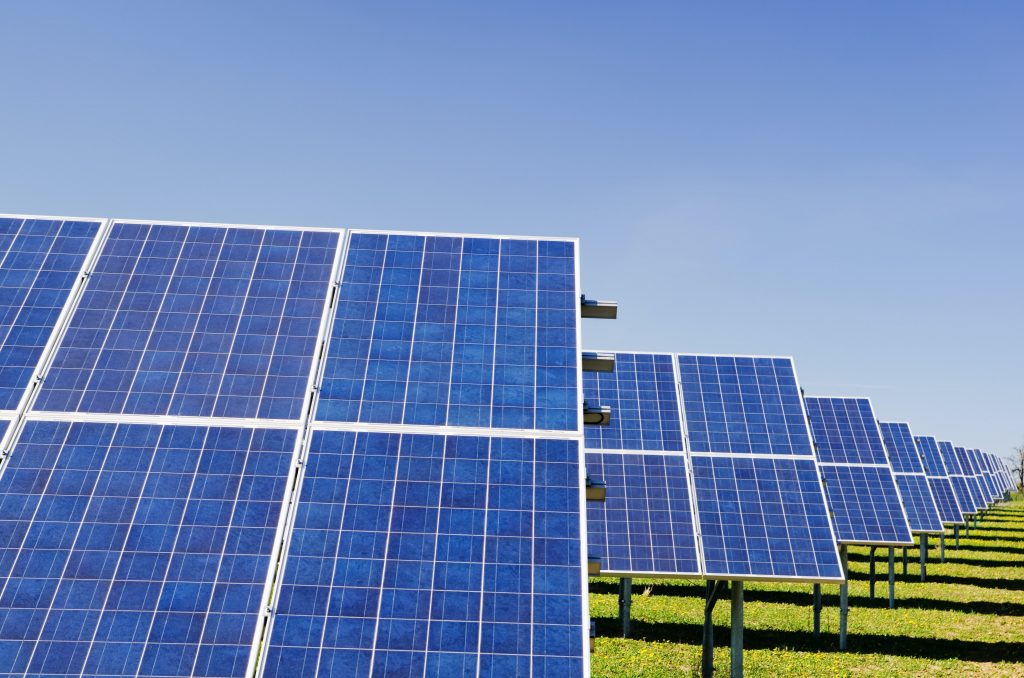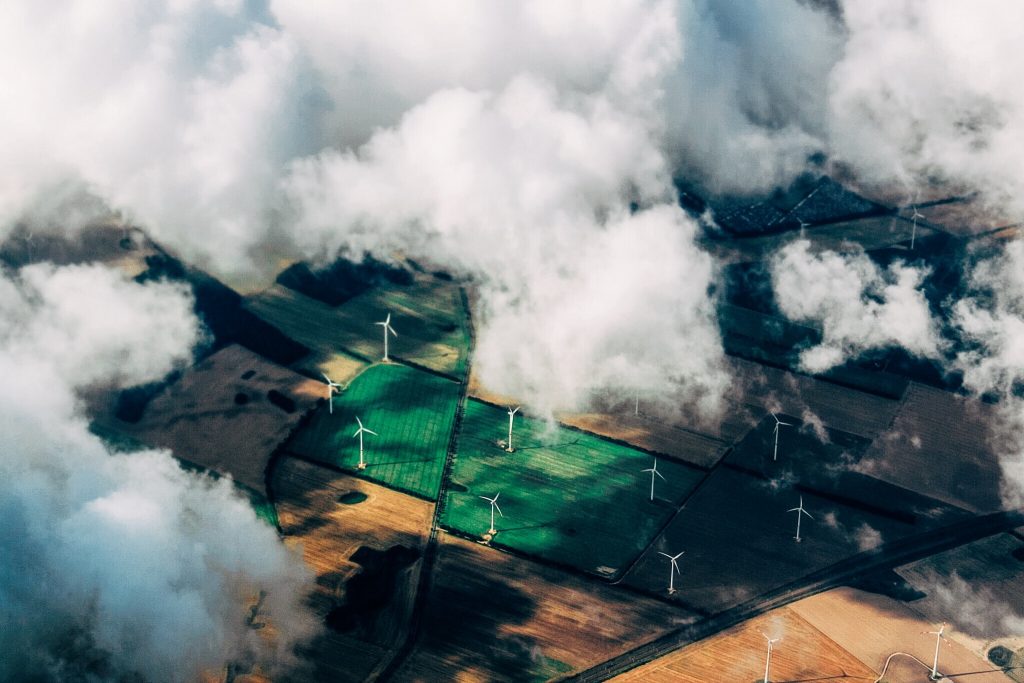A renewable energy source can be renewed repeatedly without depletion. In this lesson, learn about the definition and examples of renewable energy sources and the many types of renewable energy.
Renewable Energy Source Definition
We rely on energy every day to provide us with power, hot water, and automobile fuel. Coal, oil, and natural gas account for the vast majority of this energy. These are nonrenewable energy sources, which implies we will never be able to replenish them throughout our lifetime. When fossil fuels are used, they release carbon dioxide into the atmosphere, contributing significantly to global climate change.
Because fossil fuels are finite and harmful to the environment, we must transition to other energy sources, such as renewable energy. Sunlight, wind, and water are examples of energy sources that are constantly renewed, and this implies we can use them as much as we want without worrying about running out. Renewable energy sources are also typically significantly more environmentally friendly than fossil fuels. Overall, they emit very few compounds that can affect the environment, such as carbon dioxide.
We currently get less than ten percent of our energy from renewable sources. ‘If renewable energy sources are not harmful to the environment and will not run out, why aren’t we using them everywhere and all the time?’ you might think because many of them are currently prohibitively expensive to harness, inefficient, or have other drawbacks. Using wind energy, for example, might be ideal in a location where it is consistently windy throughout the year, but it would be less effective in an area with little wind.
Renewable Energy Types
Let’s look at five instances of renewable energy sources, including their benefits and drawbacks
Solar collectors are used to capturing solar energy, or energy from the sun. This collected energy can then generate heat, light, or electricity in different ways.
- Pros: Sunlight is free and usually universally available. It produces no waste or contaminants when used.
- Cons: Solar energy collection and use technology can be costly, and sunlight can only be collected when it is sunny during the day.
Wind energy is exactly what it sounds like wind-generated energy. Windmills have been used to pump water from the earth for hundreds of years. Today, we employ enormous, tall wind turbines to generate electricity from the wind. Many wind turbines are commonly clustered together in wind farms in flat locations with strong winds.
- Pros: No waste or pollution is produced, and it takes up very little area on the ground.
- Wind turbines can harm or kill flying animals such as birds and bats. The wind is not always consistent and reliable.
Hydroelectric power, or hydropower, is when water is utilized to generate energy. The majority of hydroelectric facilities produce a reservoir by damming a river. Water rushes through a turbine as released from the pool, spinning it. This turns on a generator, which generates electricity.
- Pros: Hydropower is affordable and does not emit dangerous pollutants.
- Dams near rivers can alter and destroy environments. Barriers can also obstruct fish migration.


